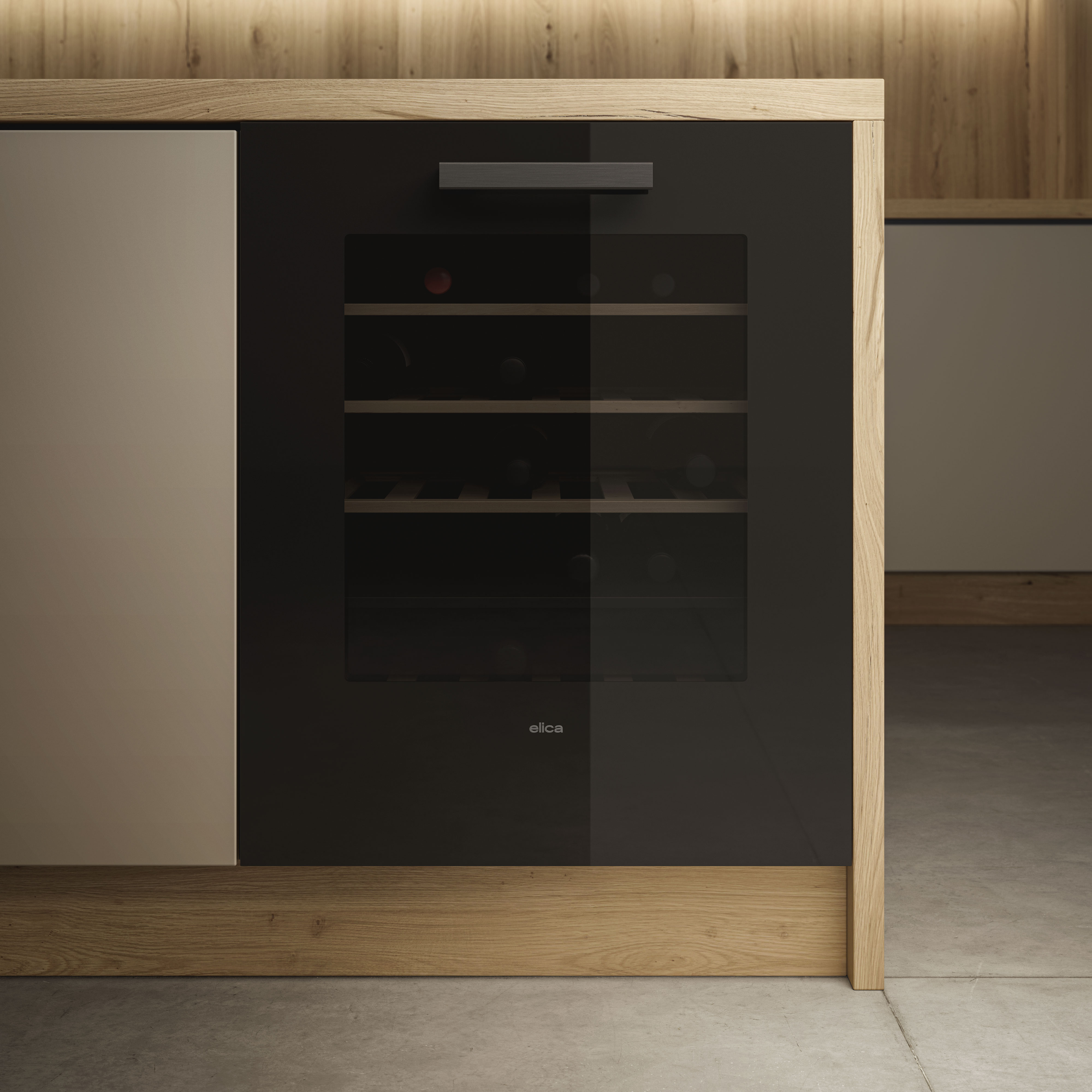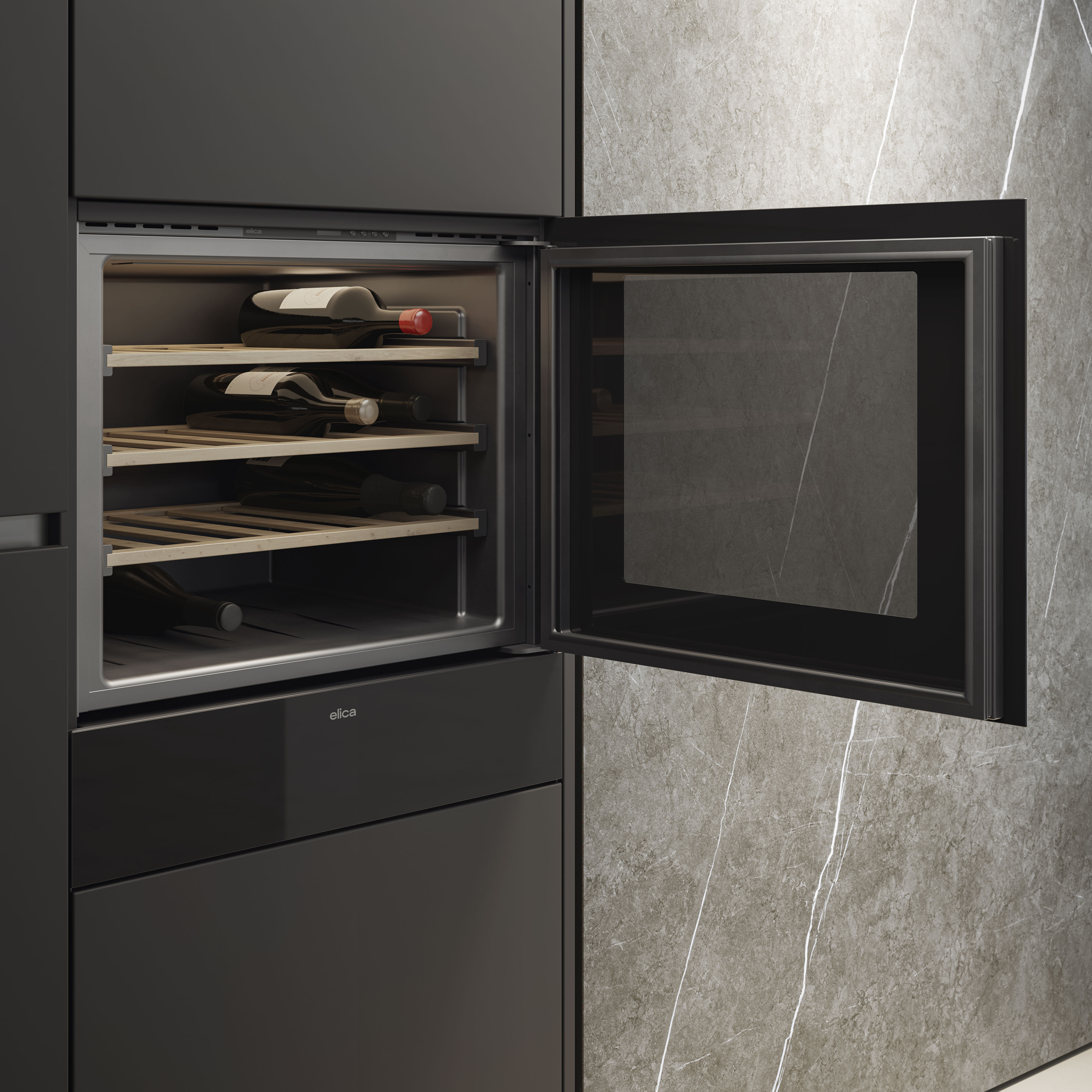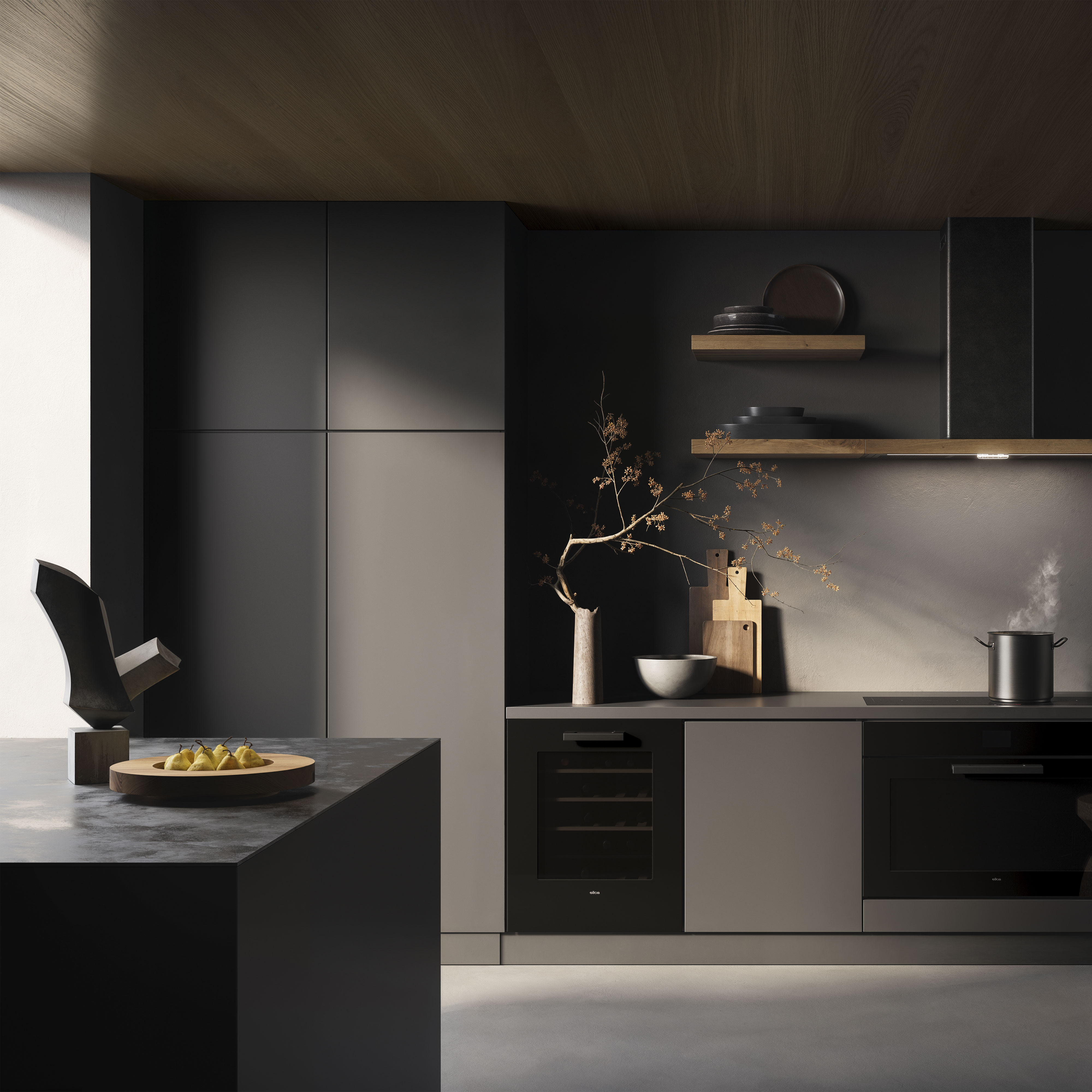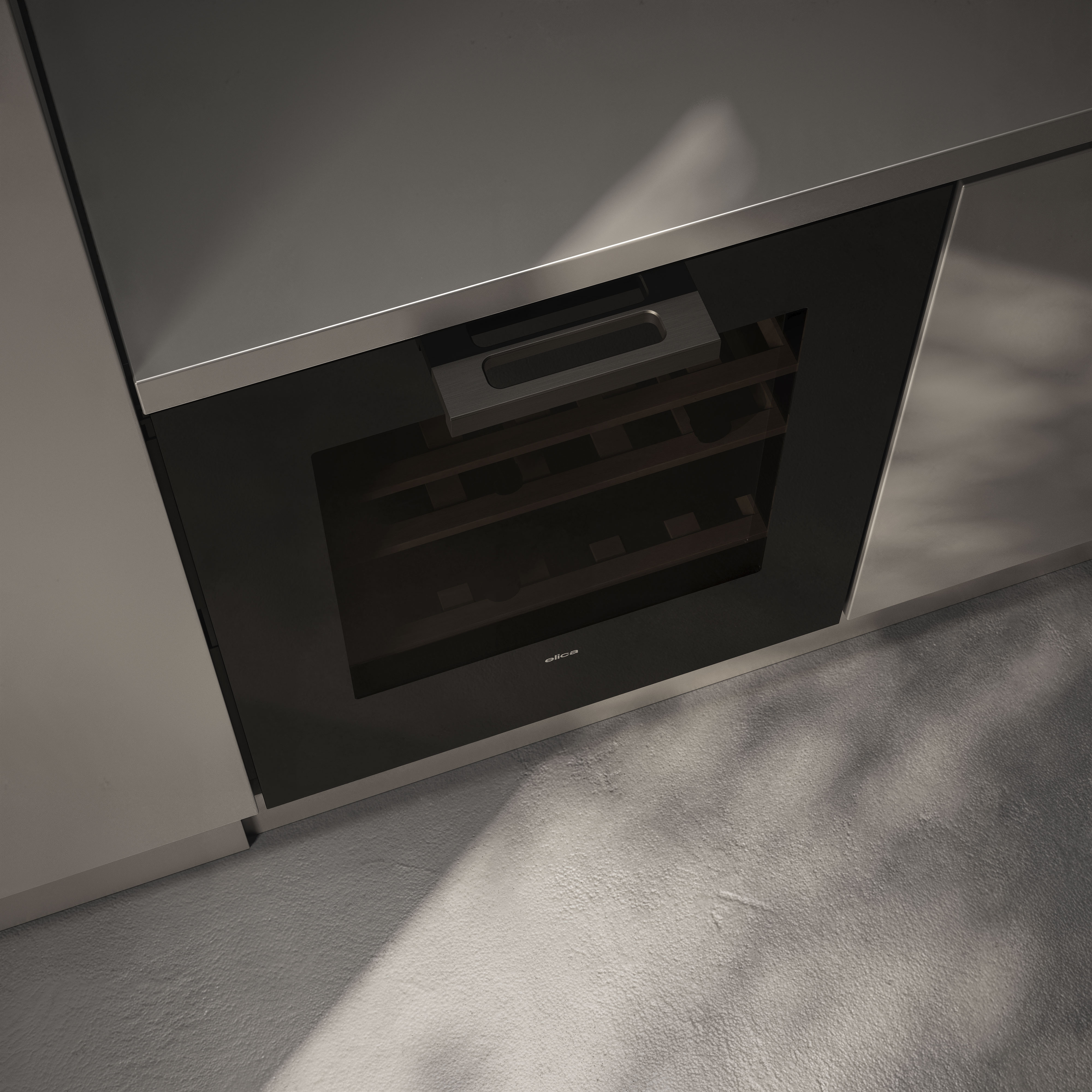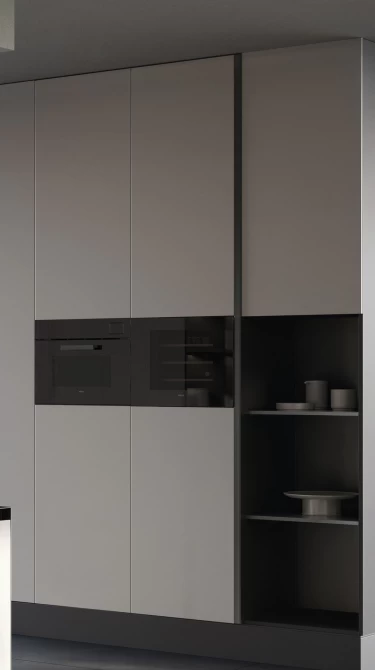
Wine is often served at lunch and dinner in Italy. It’s produced throughout the country, with labels from every region, each offering its own distinctive characteristics and flavour profiles to suit all palates and budgets. Whether it’s everyday table wine or a bottle for a special occasion, proper storage is key.
But… how can you do that if you don't have a wine cellar?
Storing wine at home: useful information
Wine changes over time. It evolves over years, sometimes even decades. Storing wine properly matters. To avoid the all-too-easy risk of spoiling its quality, there are a few key guidelines to follow. For example:
-
keep wine away from sunlight and direct exposure to light: sunlight, lamps, and fluorescent bulbs can heat, alter, and damage the wine. It’s best to store it in a dark place, using soft lighting only when needed.
-
wine loves humid environments (but not too humid!): air that’s too dry speeds up oxidation, while excessive humidity encourages mould on the cork. Ideally, humidity should be kept between 60% and 80%
-
store wine horizontally or at an angle. In this way, the wine stays in contact with the cork, keeping it moist and properly sealed so air can't get into the bottle. Air exposure leads to oxidation and spoils the wine
-
stand aged bottles upright one day before opening: this allows any sediment to settle at the bottom
-
wine also needs good aeration and a stable environment: it doesn’t tolerate vibrations or frequent movement
-
it can absorb odours too, so avoid storing it near substances or foods that might alter its aroma or flavour.
Storing wine: temperature
In addition to all the precautions mentioned so far, one factor matters more than any other when it comes to storing wine correctly: temperature. Storing wine at the right temperature - without fluctuations - is the single most important condition for preserving its flavour profiles and sensory characteristics over time.
That said, there’s no one-size-fits-all storage temperature. Each bottle has different requirements, especially if you’re storing both red and white wines. To be more precise:
-
- if you're storing different types of wine in one space, aim for a temperature between 10°C and 16°C (50°F - 60°F)
-
red wines should be stored at a temperature between 13°C and 18°C (55°F - 65°F)
-
white and rosé wines should be stored at a temperature between 7°C and 12°C (45°F - 55°F)
A little tip: attics, lofts, and garages are not suitable places for storing wine. If you don’t have a cellar, a wine cooler is your best alternative.
Storing wine: wine coolers
A high-performance wine cooler is the perfect space for protecting both everyday bottles and your finest vintages. There are many built-in and under-counter models available on the market. Elica's collection stands out for:
-
size, large and small models designed to fit the available space
-
capacity, proportionate to the number of bottles to store
-
advanced features, including a control system to maintain consistent temperature and humidity levels
-
separate zones for red and white wines, each with its own temperature setting
-
soft lighting and protection from harmful UV rays
-
vibration-free operation
